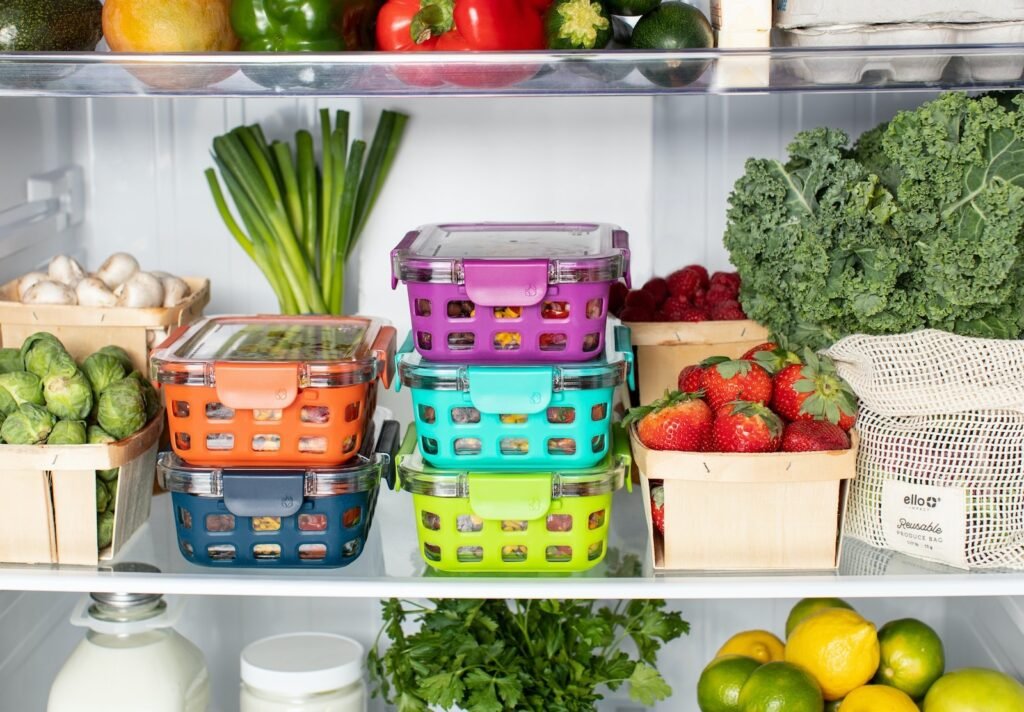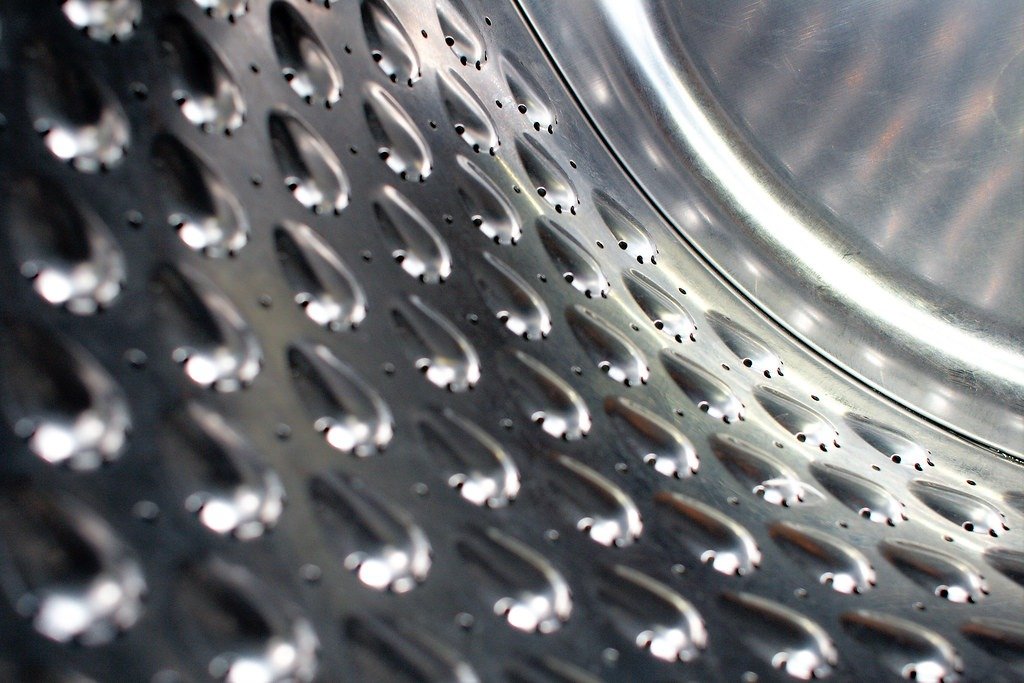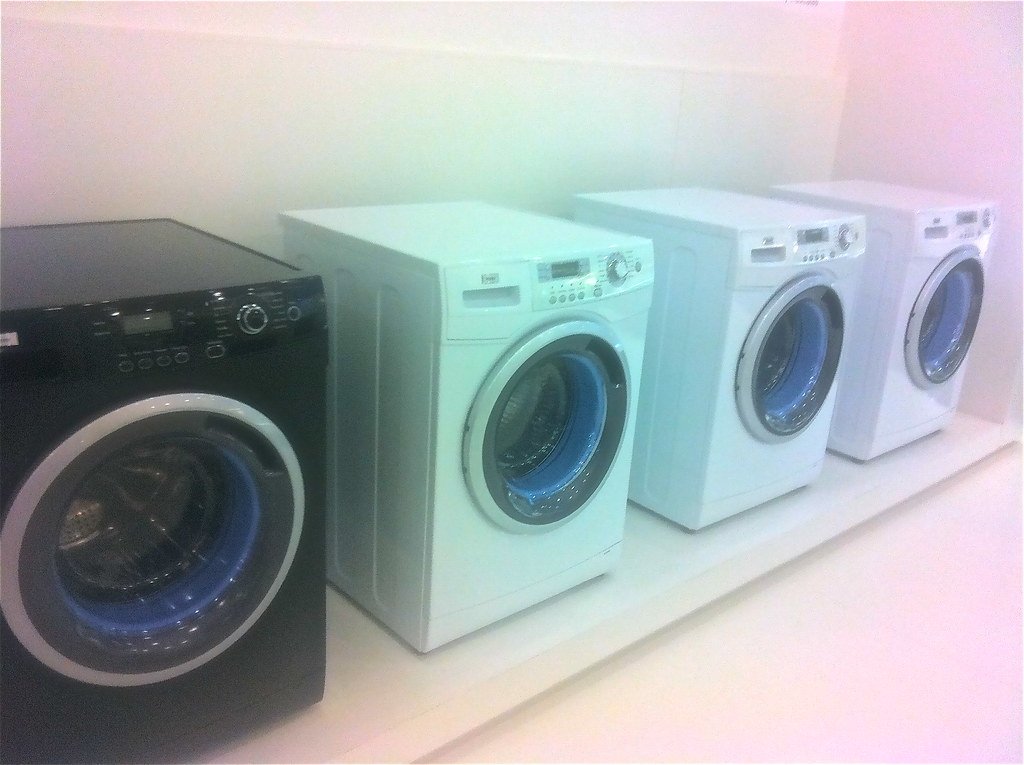
If your fresh produce is starting to discolor, cheese is sweating profusely and your ice cream tastes discolored, it could be time for a fridge temperature checkup.
Refrigerators and freezers are designed to safely store foods at an ideal refrigerator temperature of 37 degrees Fahrenheit and at 0 degrees Fahrenheit respectively.
Temperature Settings
Refrigerator and freezer settings must be set correctly so that foods stay fresh and safe to store. This helps prevent bacteria growth that could make you or your family sick if eaten; in addition, setting the correct temperatures can prevent freezer burn, ice crystal formation and extend their shelf lives.
If your fridge is set too warm, bacteria growth accelerates rapidly and food may spoil more quickly. That is why Consumer Reports advises setting it at 37 degrees Fahrenheit while your freezer should remain at zero degrees Fahrenheit for maximum food preservation and freshness.
Modern refrigerators often include digital displays that show the current temperature setting and buttons to change it, with five being usually coldest (i.e. the highest number). If your fridge contains this feature, please refer to its user and care guide for instructions.
Refrigerator temperatures differ depending on which compartments are being stored in. Door and deli drawer temperatures tend to be warmer than the bottom shelves, so place condiments, drinks and items that don’t need to be kept cool there. Dairy products and perishable foods should go on the middle shelves while any precooked or ready-to-eat foods should go onto top shelves. Limiting how often and for how long the doors remain open is another effective way of maintaining consistent refrigerator temperatures.
Temperature Controls
Refrigerators are among the great feats of modern food preservation technology. At an ideal temperature, they can keep fruits, veggies and other food fresh for days or weeks while slowing bacterial growth. Unfortunately, if your fridge isn’t operating correctly you might not get maximum use out of your groceries; fortunately many modern fridges include built-in temperature controls to make monitoring and adjusting its temperatures easy.
Most refrigerator controls consist of small buttons on either the fridge door or interior control panel that operate using either numbered settings or slider controls, depending on your model refrigerator. When you press a button, your unit displays actual freezer and refrigerator temperatures; when you adjust them with + or – buttons you can increase or decrease until desired reading appears on its display before saving and returning back to its previous setting after 3 seconds.
If your refrigerator features a dial setting, the user manual will explain how to read its temperature gauge. For extra precision, investing in a thermometer could also prove helpful for continuously monitoring its temperatures.
Thermostats
Once you spend time and effort collecting produce, fresh-sliced prosciutto, and other gourmet delights for sale at your grocery store, it is essential that they remain flavorful and crisp in your fridge. Therefore, it is crucial that it runs at an optimal temperature.
Ideal temperatures for refrigerator temperatures should range between 37 degrees Fahrenheit in the fresh food compartment and 0 degrees Fahrenheit in the freezer compartment. Many side-by-side and French door refrigerators feature digital displays or dials that make checking current temperatures easy, though thermometers designed specifically to do this are available from kitchen supply stores or online.
Mechanical thermostats use bimetallic strips that expand or contract according to temperature fluctuations; these models tend to be inexpensive and durable but may experience minor temperature variations. Digital thermostats, on the other hand, tend to be more costly but provide accurate temperature regulation, including timers and alarms for extra peace of mind.
When purchasing a thermostat for your refrigerator, look for one with a wide temperature range to meet its unique requirements. In addition, be sure that any model offers energy-saving features; these could help save on electricity bills while decreasing its environmental footprint. Finally, always verify its warranty to make sure your new thermostat provides years of trouble-free service; regularly cleaning both will also help remove dust, debris, or contaminants that might alter its readings.
Thermostat Settings
Refrigerator temperature settings that are improperly set can quickly cause food to go bad, leading to foodborne illness. The Food and Drug Administration (FDA) advises keeping refrigerator temperatures between 40-40F so as to help slow the growth of bacteria that cause foodborne illness.
A fridge that is too warm may cause dairy products to spoil faster, making meat harder to freeze, and possibly necessitating replacement. In such an instance, replacing it may be necessary.
Utilizing the right setting on the refrigerator will also help save energy. Refrigerators consume more power in warmer environments and when people open and close it more frequently.
An energy-hogging refrigerator can result in higher electricity bills as well as increased wear on its compressor and other components.
To reduce energy consumption, ensure your door seals are tight – you can test this by inserting a dollar bill between the door and refrigerator – if it easily moves back and forth then new seals should be installed. Furthermore, keep condenser coils clean to help your refrigerator operate optimally and see more ratings at Consumer Report’s Refrigerator page or use energy efficient appliances such as those certified ENERGY STAR(r).


